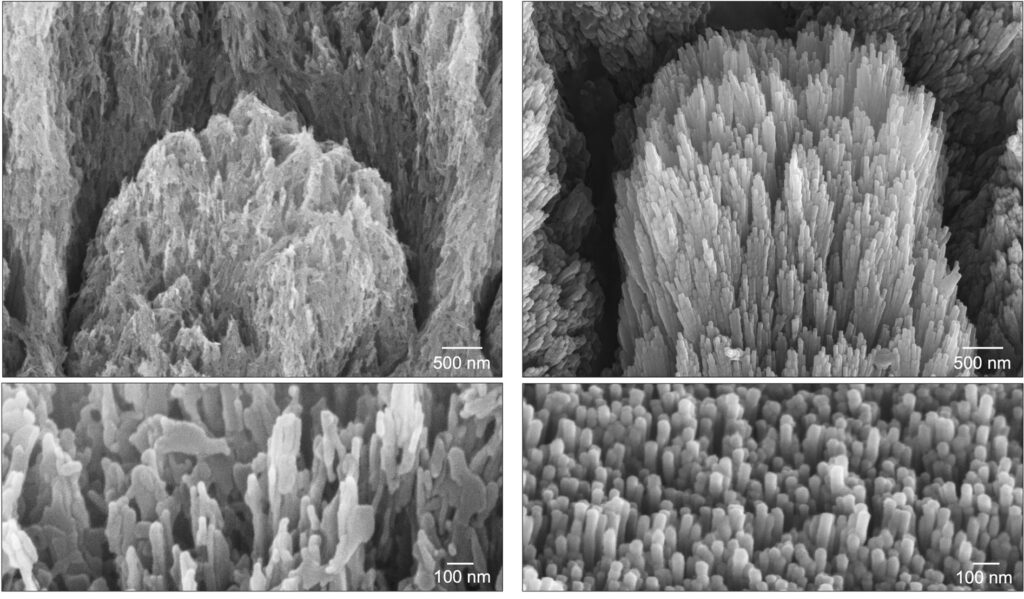
In another breakthrough for restorative dentistry, scientists from the University of Nottingham — working with an international research team — have developed a protein-based gel capable of repairing and regenerating tooth enamel.
The material, designed by the university’s School of Pharmacy and Department of Chemical and Environmental Engineering, can help remineralize and strengthen enamel while preventing future decay. Their findings were published this week in Nature Communications.
“Dental enamel has a unique structure that protects our teeth throughout life,” said Dr. Abshar Hasan, postdoctoral fellow and lead author of the study. “When our material is applied to demineralized or eroded enamel, or exposed dentine, it promotes crystal growth in an integrated and organized manner, restoring the architecture of natural healthy enamel.”
Related: Japanese dentists test drug to help people with missing teeth regrow new ones
Related: Tufts researchers develop ‘smart’ dental implant to mimic natural teeth — next step, testing the brain
How the gel works
Unlike fluoride-based treatments, the new fluoride-free, protein-inspired gel mimics the natural proteins that guide enamel formation in infancy. Applied much like a fluoride varnish, it creates a thin, durable layer that fills microscopic holes and cracks. The gel then acts as a scaffold, drawing calcium and phosphate ions from saliva to rebuild the enamel through a process called epitaxial mineralization.
This method enables new mineral growth that seamlessly integrates with the underlying tooth structure, recovering both the strength and resilience of natural enamel.
With enamel degradation contributing to tooth decay in nearly half of the global population, the bioinspired material could offer a long-lasting preventive and restorative option.

Commercial rollout expected next year
The research team has partnered with Mintech-Bio, a University of Nottingham spin-off, to commercialize the technology.
“We have started this process with our start-up company Mintech-Bio and hope to have a first product out next year,” said Professor Álvaro Mata, Chair in Biomedical Engineering and Biomaterials. “This innovation could soon be helping patients worldwide.”